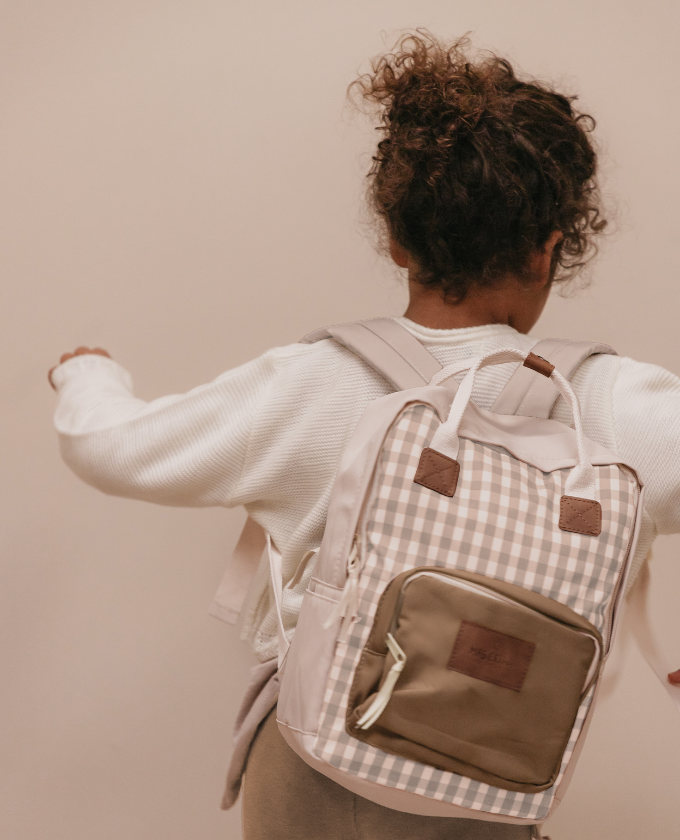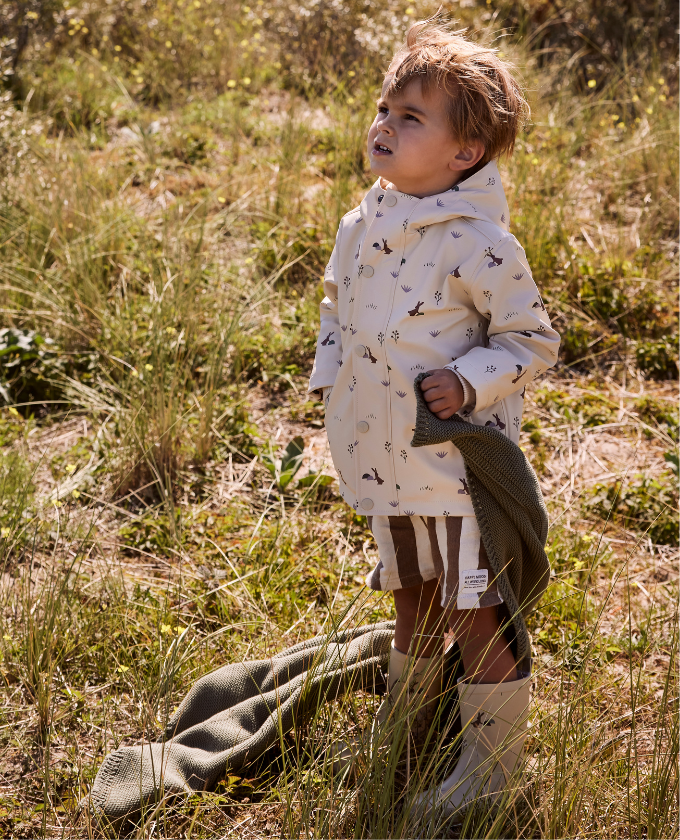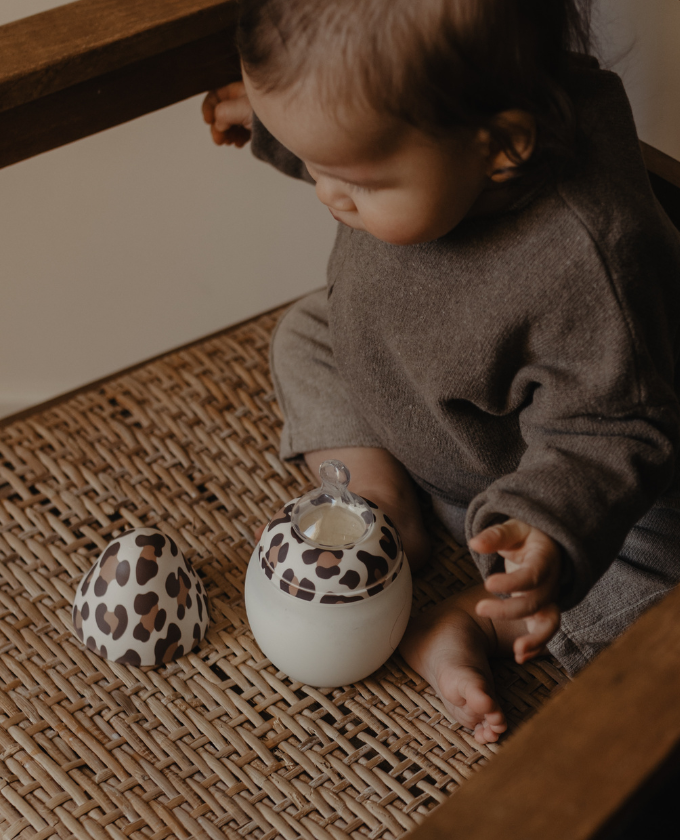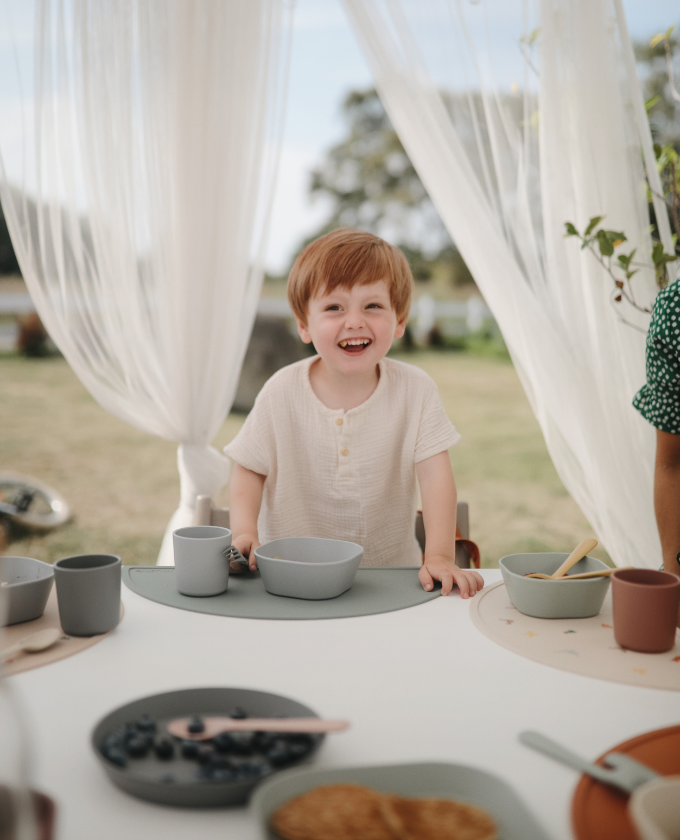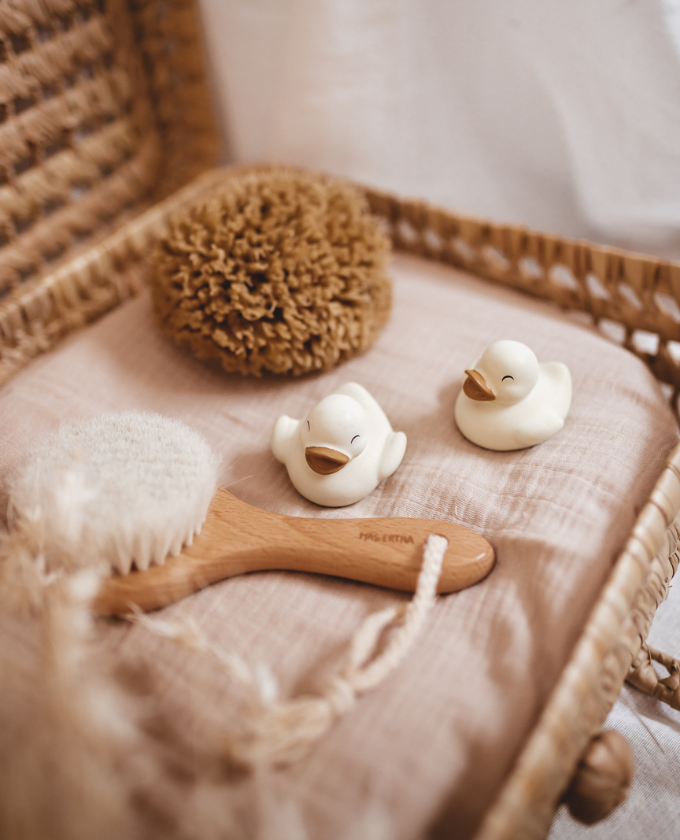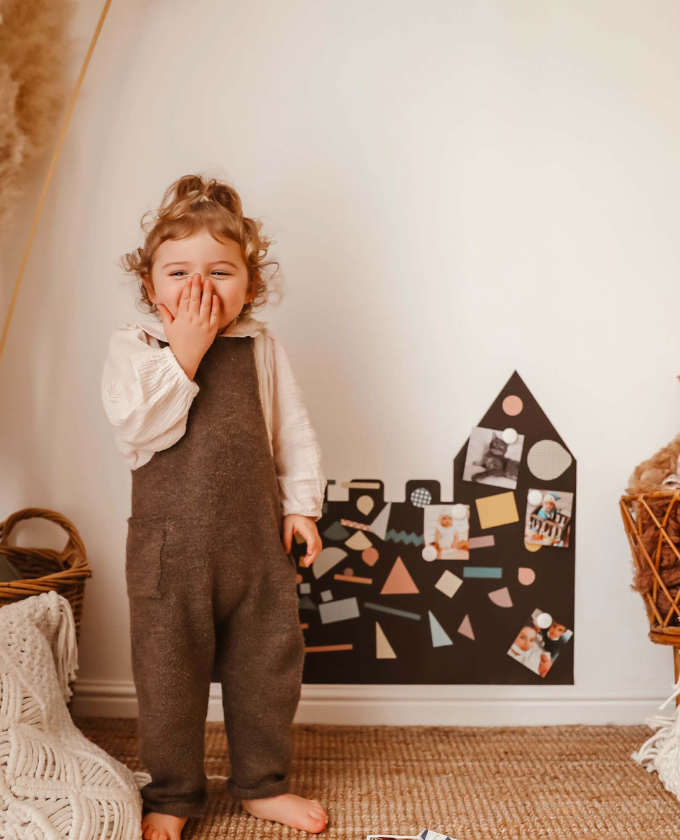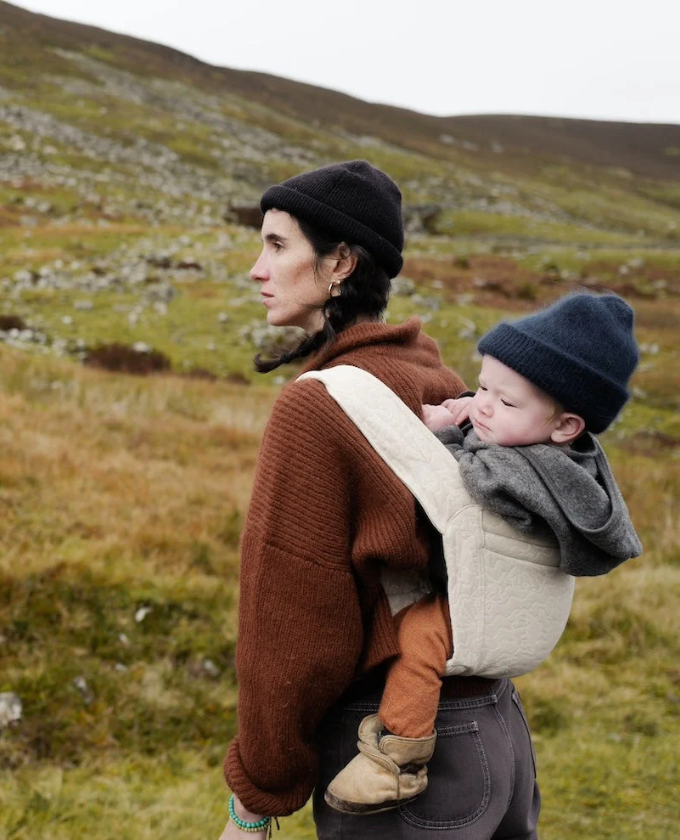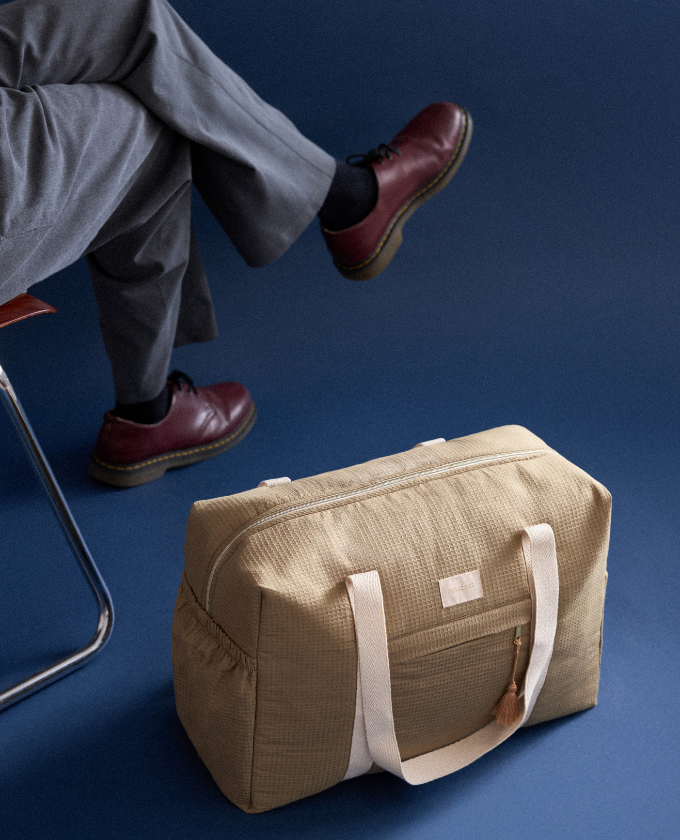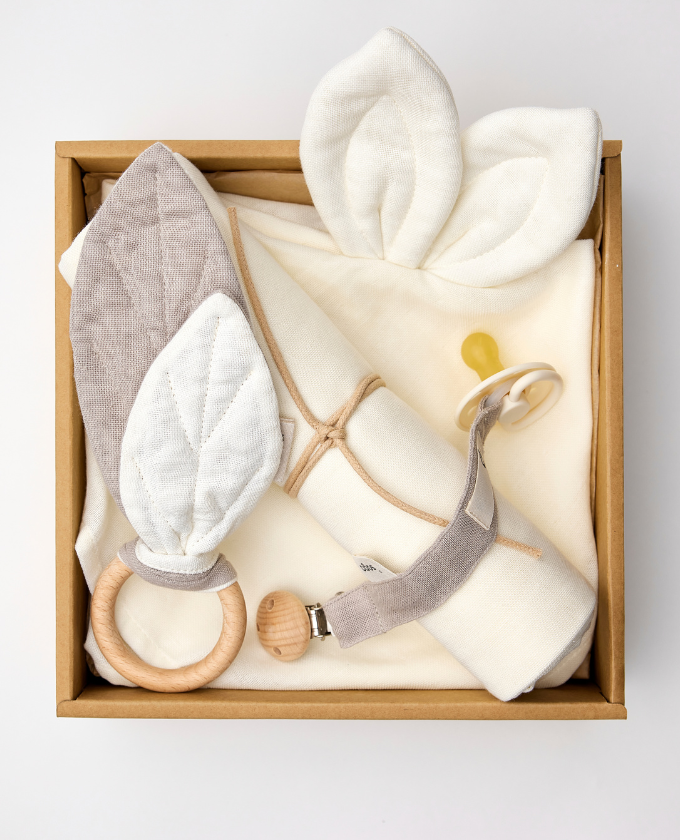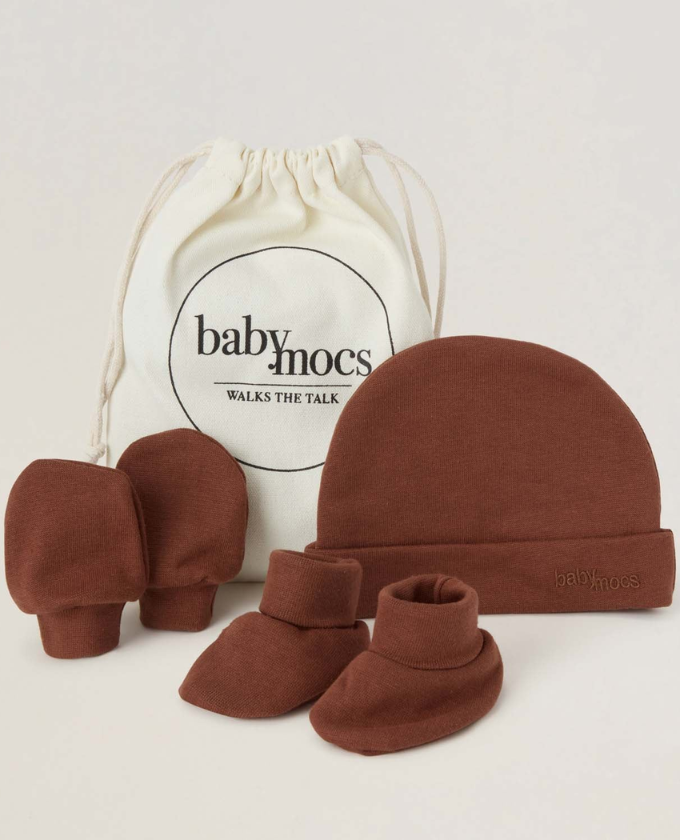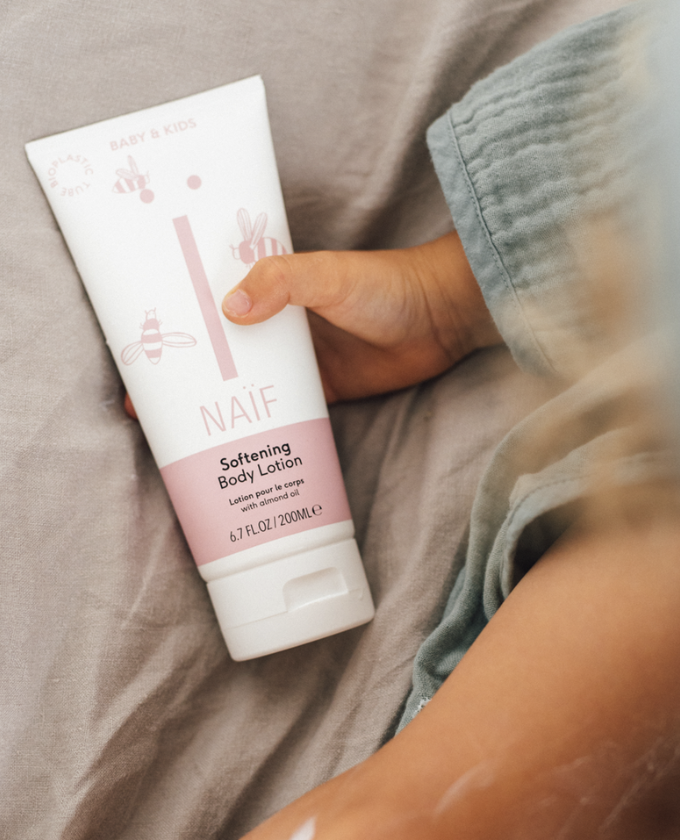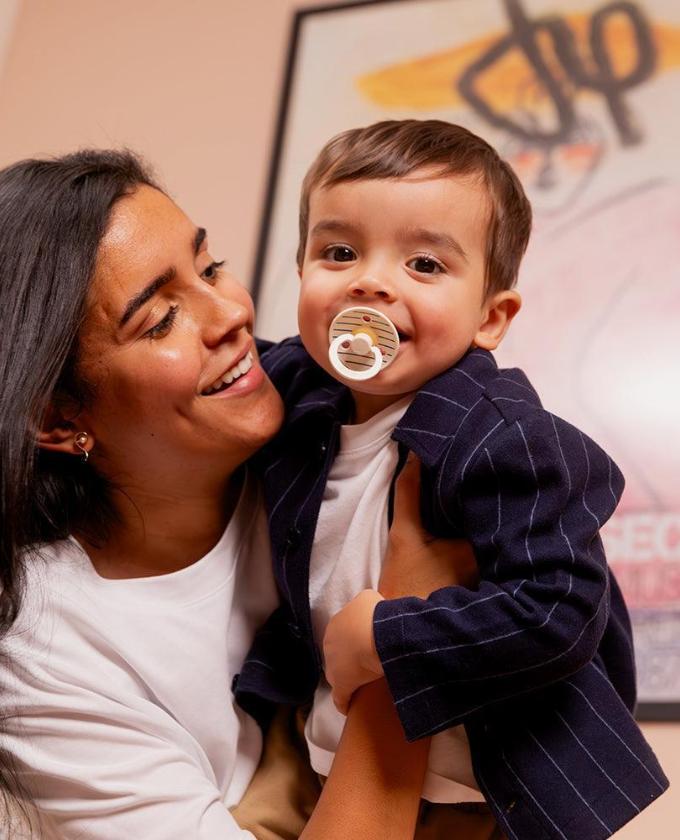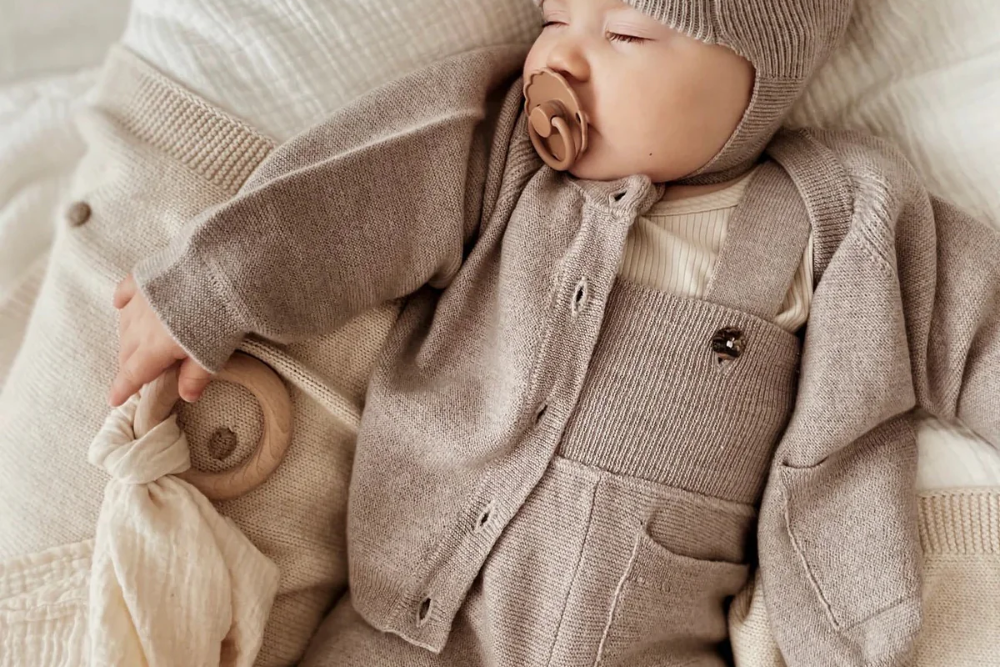as a parent, ensuring your baby gets restful sleep is essential for their growth and development—and your sanity! while every baby is unique, the right sleeping essentials and techniques can create a calming environment to encourage better sleep. Here’s everything you need to know, from bedtime tips to swaddling basics and reducing SIDS risks.
tips for a good night's sleep
- establish a bedtime routine: A consistent bedtime routine sets the stage for restful sleep. incorporate calming activities such as a warm bath, gentle lullabies, or reading a book before putting your baby to bed at the same time each night.
- swaddle for comfort: swaddling provides a snug and secure feeling reminiscent of the womb, helping soothe your baby and encouraging longer sleep durations. (See “Swaddling Basics” below.)
- limit eye contact at night: during nighttime feedings or diaper changes, limit eye contact to reduce stimulation. this helps your baby understand that night is for sleeping, not playtime.
- maintain an ideal room temperature: keep your baby’s room between 20°-22°C. this temperature range is perfect for comfort without overheating.
- dim the lights: use blackout curtains or a dim nightlight to keep the room dark during sleep. this helps your baby associate darkness with nighttime rest.
- use white noise: gentle, rhythmic sounds like white noise or a soft lullaby machine can mimic the soothing sounds of the womb, helping your baby relax.
- monitor caffeine intake: if you’re breastfeeding, avoid caffeine as it can pass through your milk and disrupt your baby’s sleep.
- incorporate baby massage: a 15-minute massage before bed can promote relaxation and better sleep quality.
- offer one last feeding: a full tummy at bedtime can help your baby sleep for longer stretches.
tips to reduce the risks of sids
- creating a safe sleeping environment is critical for your baby’s health and safety.
- use a firm crib mattress with a fitted sheet.
- avoid soft bedding like bumpers, plush toys, and loose blankets. opt for breathable mesh bumpers if needed.
- always place your baby on their back for sleep.
- no smoking around the baby or in the household.
- prevent overheating by keeping the room at a safe temperature and dressing your baby in light, breathable layers.
- keep up with your baby’s vaccination schedule.
- follow the ABCs of safe sleep: Alone, on their Back, in a Crib.
the basics of swaddling
swaddling is an age-old technique to help babies feel secure. Here’s a step-by-step guide:
- lay a blanket flat in a diamond shape and fold the top corner down slightly.
- place your baby face-up with their shoulders aligned to the top fold.
- bring one side of the blanket across your baby’s arm and tuck it under their opposite side.
- fold the bottom corner up over the legs, leaving room for hip movement.
- wrap the other side snugly across the body and secure it in place.
important swaddling tips:
-
swaddling is for back sleeping only—stop once your baby can roll over.
-
ensure the swaddle isn’t too tight around the hips or too loose to prevent it from covering your baby’s face.
swaddling alternatives
modern swaddling options make this practice safer and more convenient:
-
swaddle Blankets: Equipped with velcro or snaps for easier wrapping.
-
sleep Sacks: Sleeveless wearable blankets that allow arm movement while keeping the legs secure.
-
sleep Suits: Slightly padded outfits that provide a swaddle-like feeling with more flexibility.
explore our baby swaddles collection.
creating a sleep schedule
every baby is different, and no single method works for all. a sleep schedule can be a game-changer by integrating daytime and nighttime activities into a cohesive routine.
why a schedule?
babies thrive on consistency. what happens during the day—naps, playtime, and feedings—affects nighttime sleep. track your baby’s sleep, feeding, and awake times to create a schedule that meets their needs.
with these sleeping essentials and tips, you’re well on your way to creating a peaceful bedtime routine that benefits both you and your baby. remember, patience and consistency are key—sweet dreams await!
